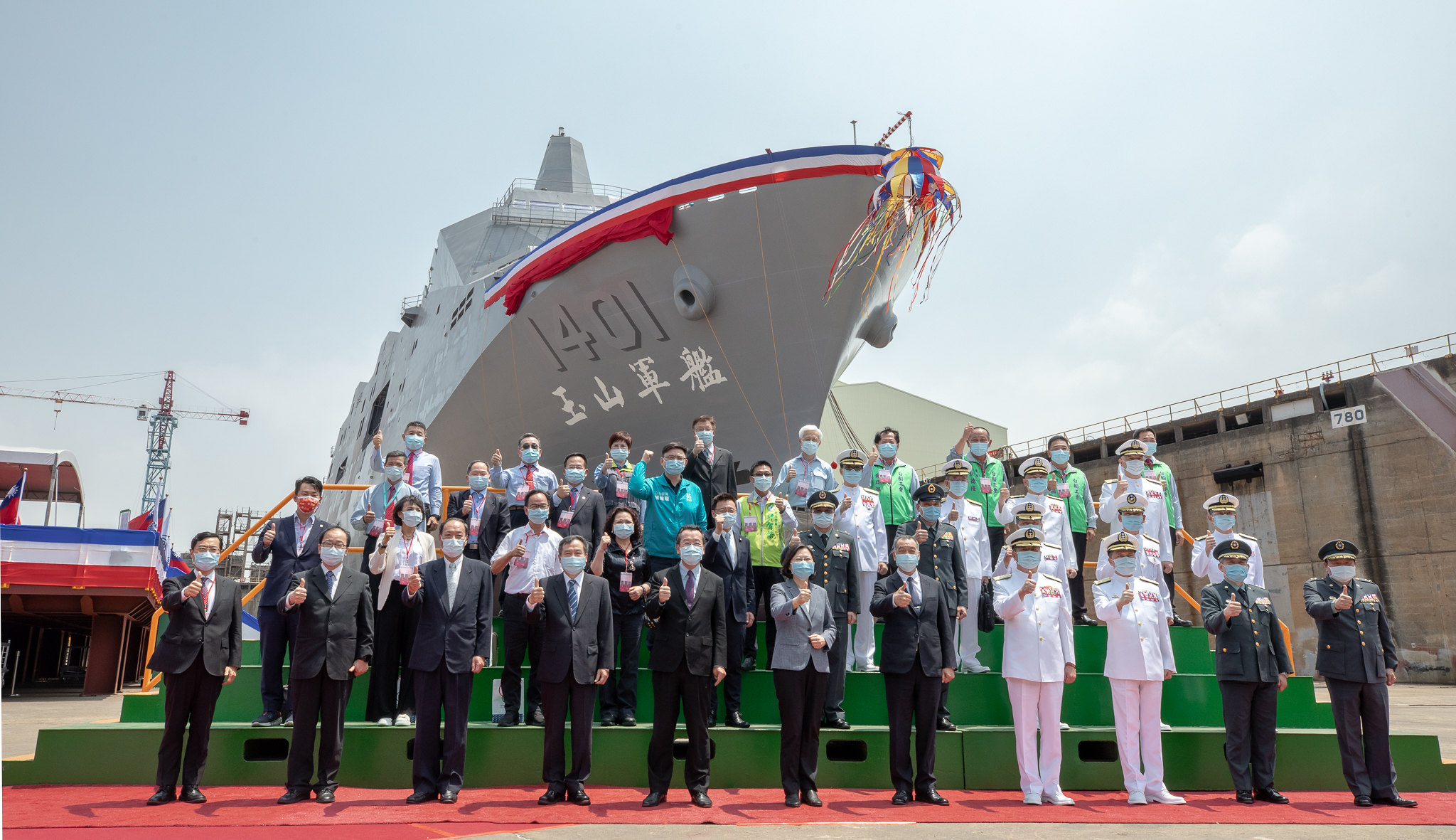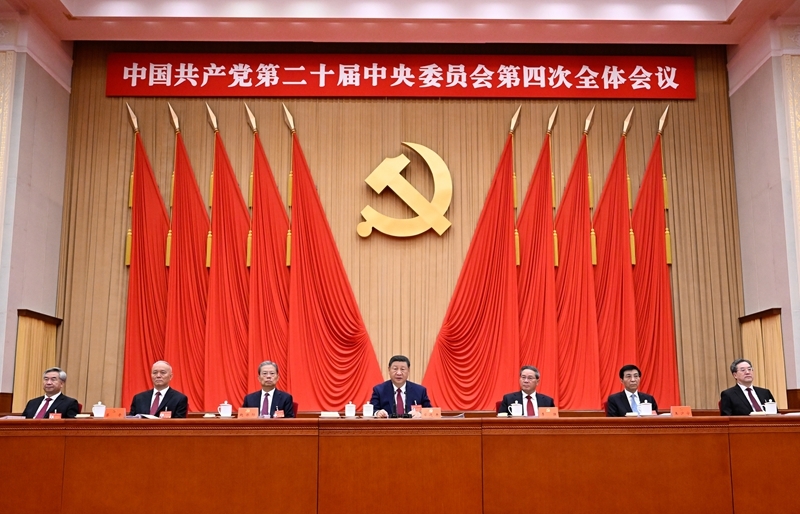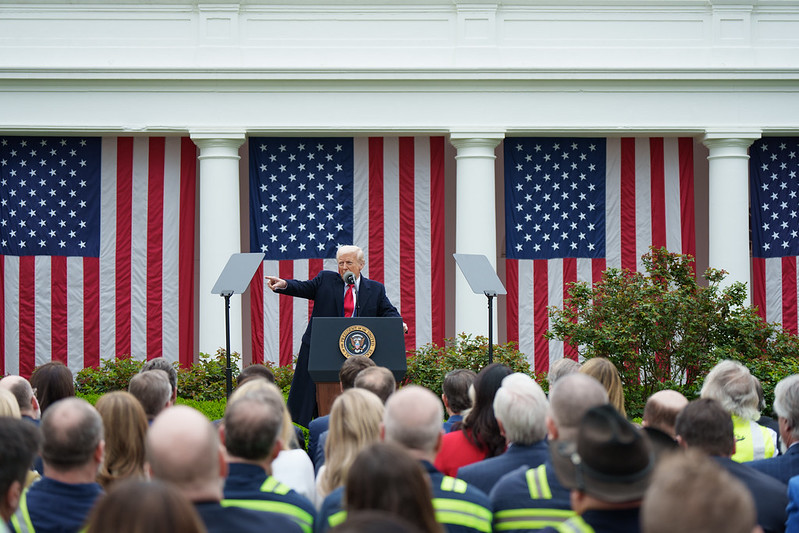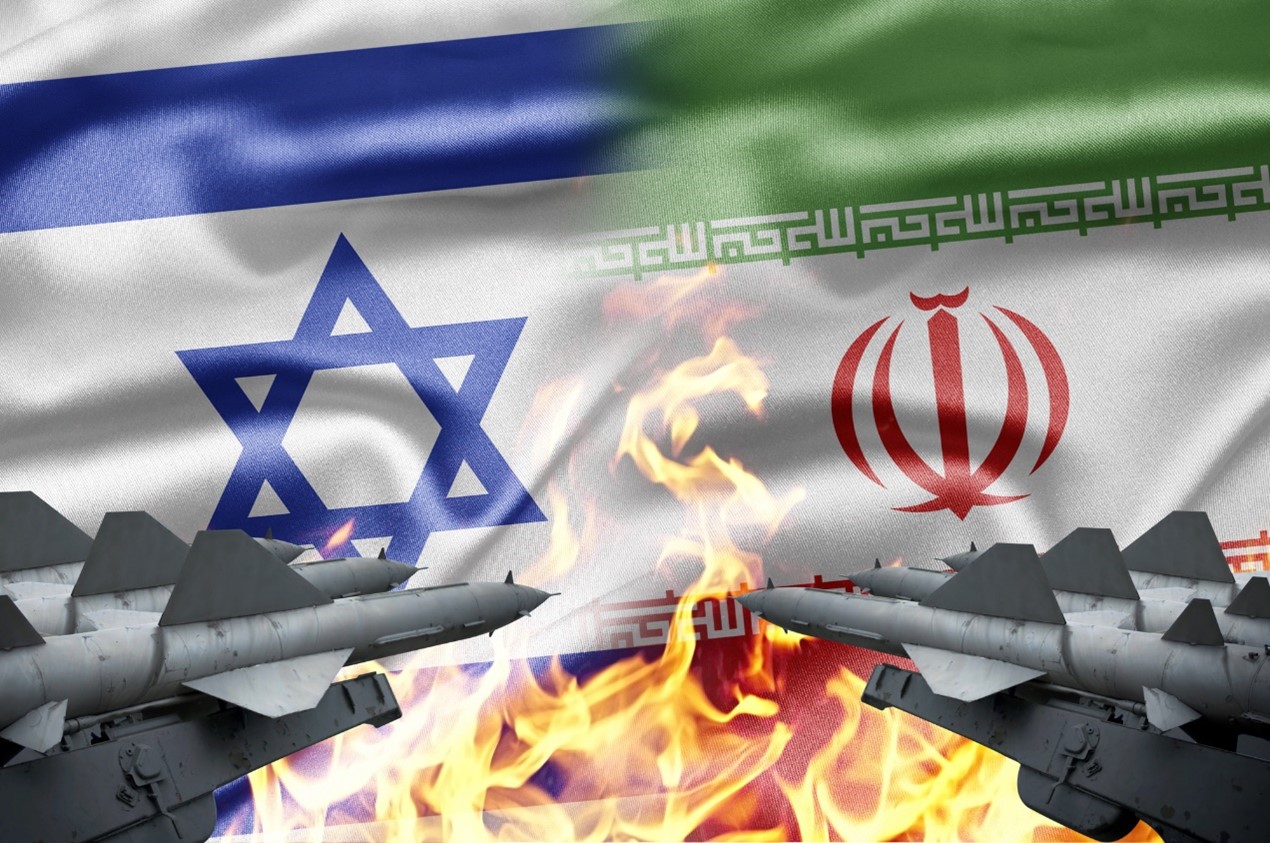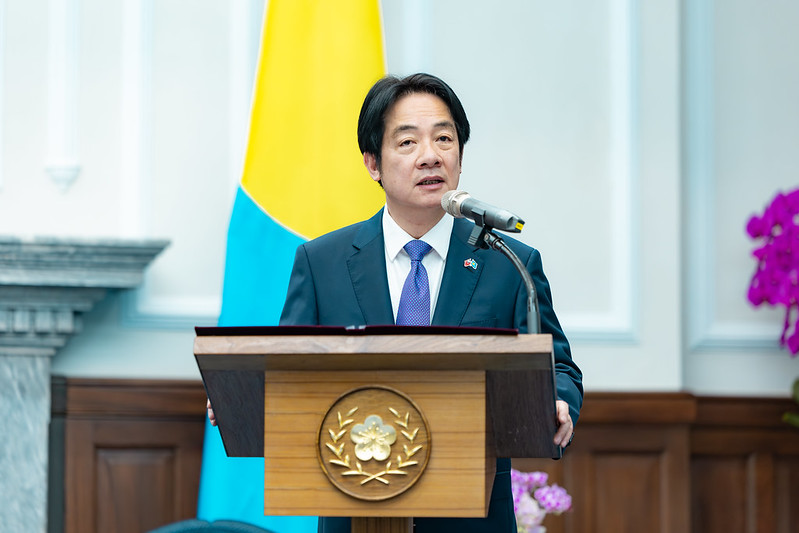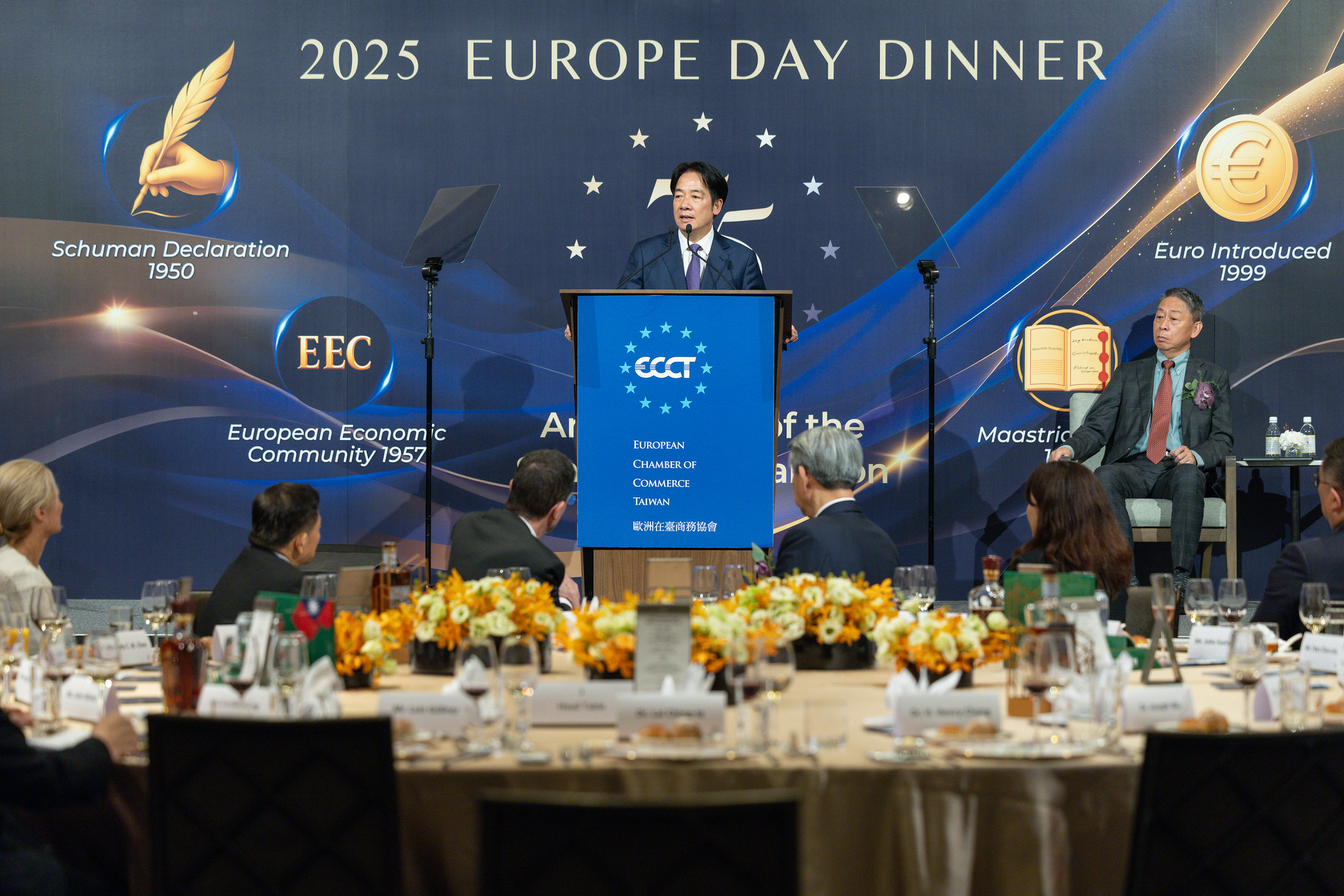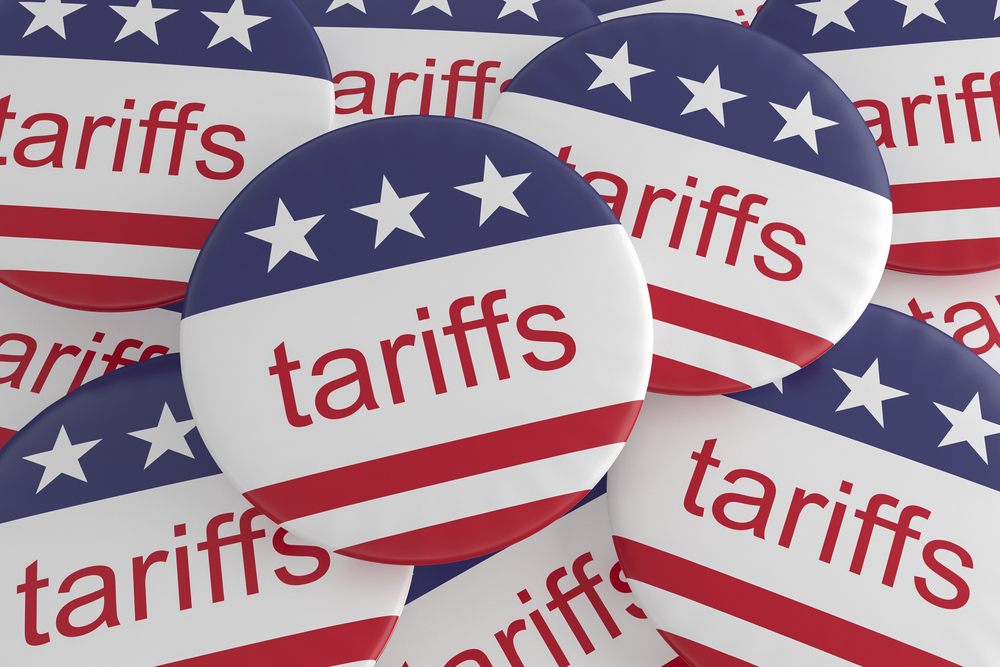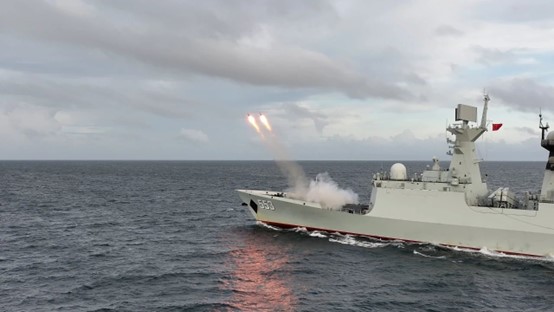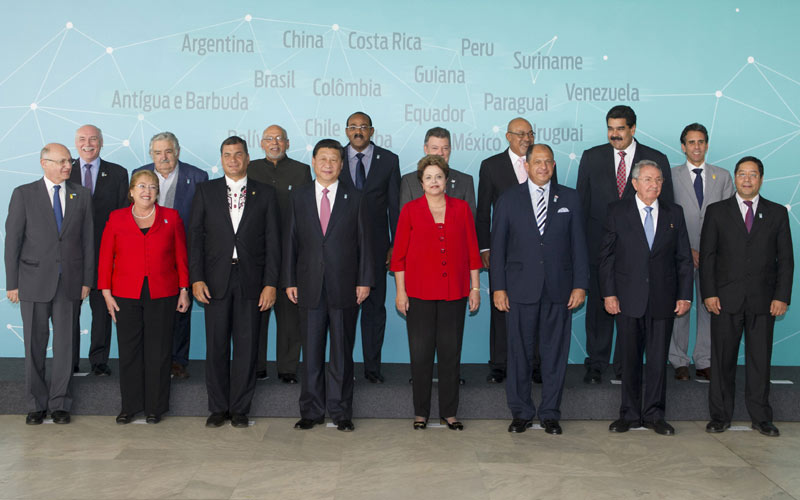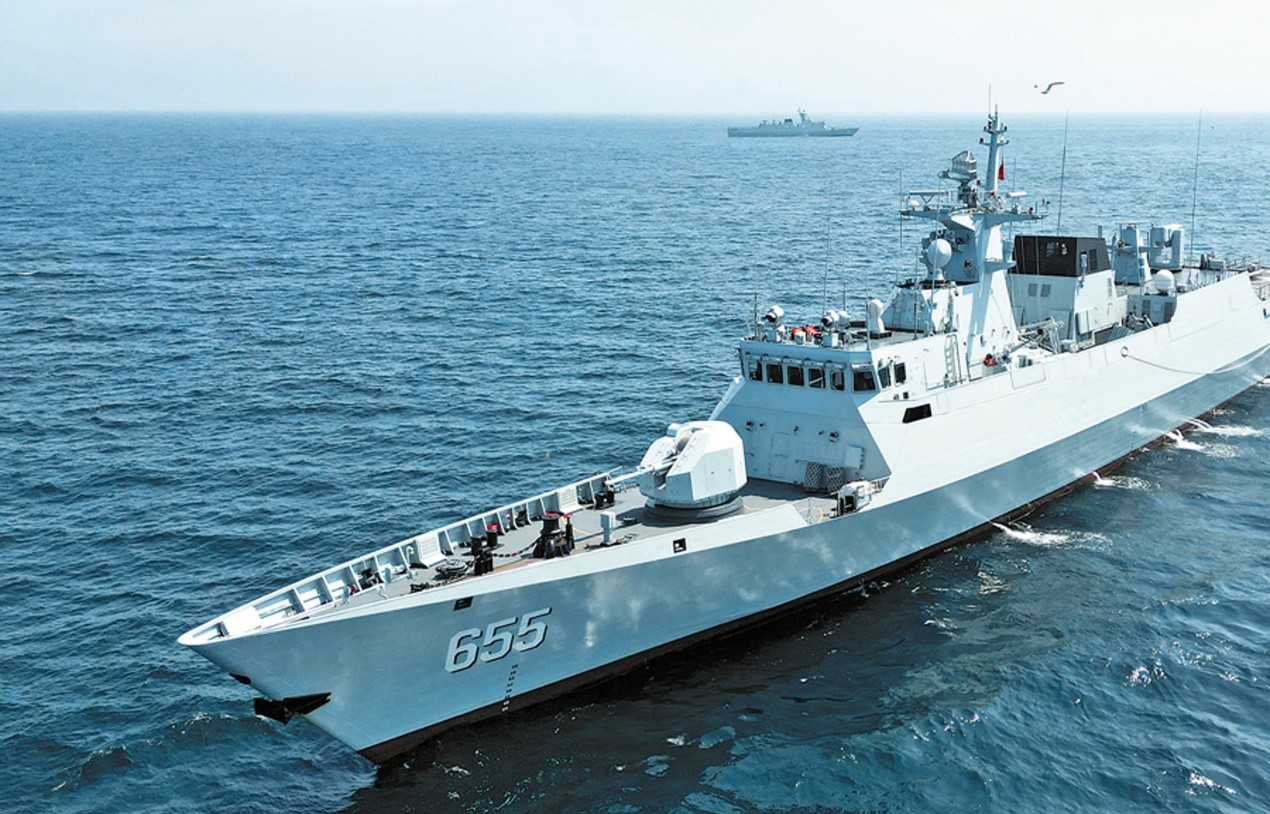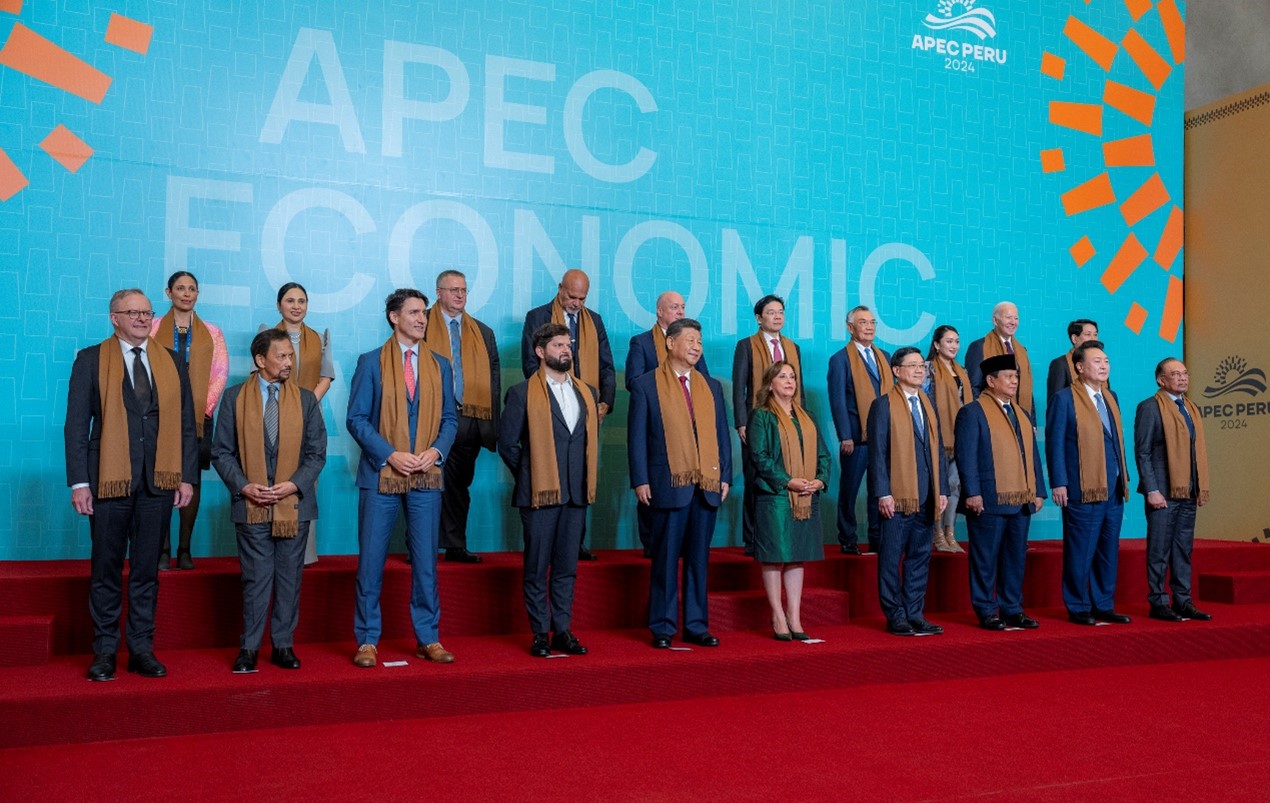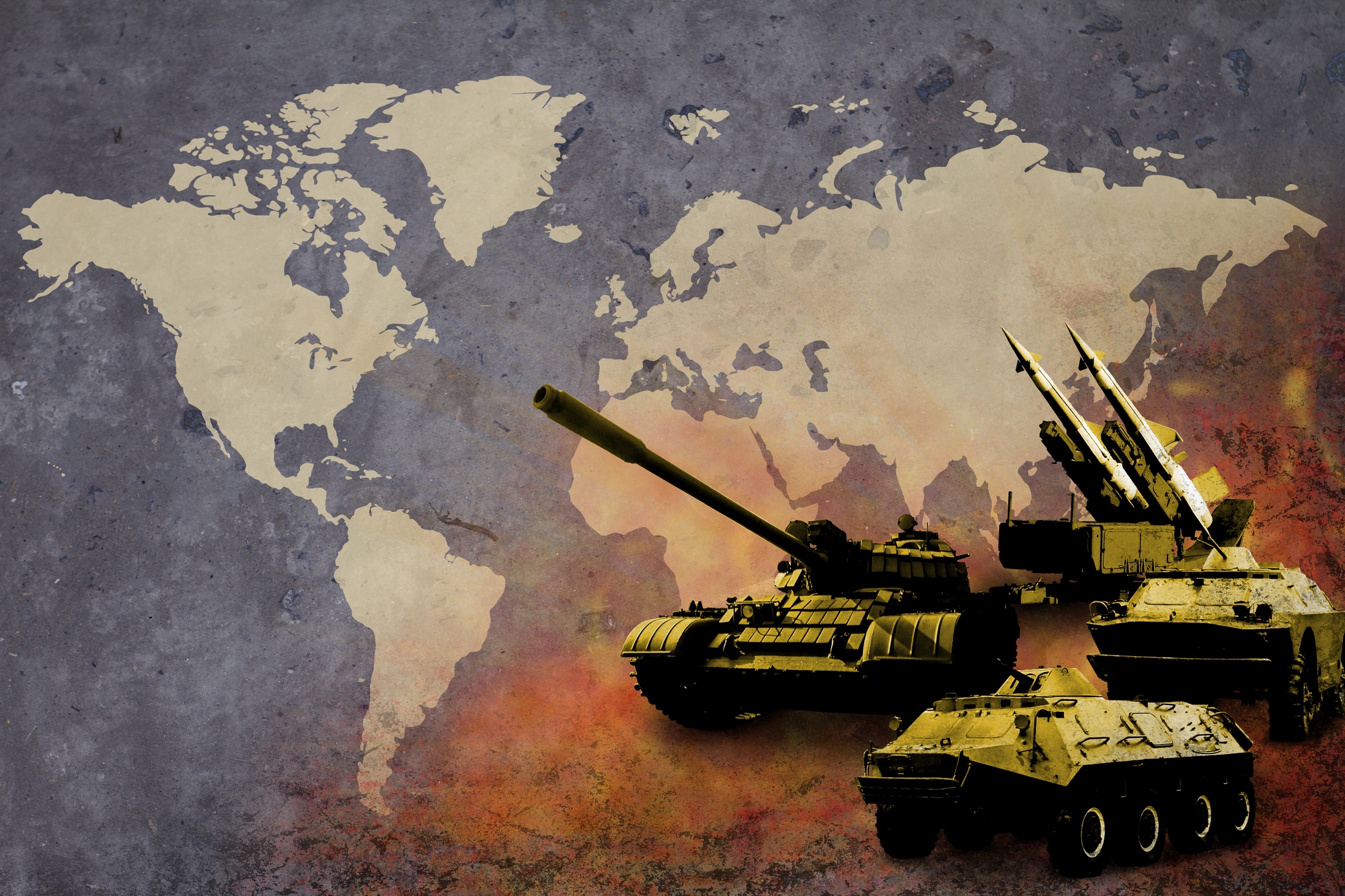Asymmetrical Deterrence: Taiwan’s Quadrennial Defense Review 2021
Taiwan’s Ministry of National Defense announced the “Quadrennial Defense Review 2021” as an expression of the President’s views on national defense policy for the new term. The main approach is to follow the spirit of net assessment, which, if viewed through the concept of business management, is relative to gross assessment and can also be a counterpart to net-to-gross (NTG) assessment. Picture source: Wang Yu Ching, Flickr, https://www.flickr.com/photos/presidentialoffice/51112910116/in/album-72157718901659263/
Prospects & Perspectives 2021 No. 20
Asymmetrical Deterrence: Taiwan’s Quadrennial Defense Review 2021
Tzu-yun Su
April 21, 2021
Taiwan’s Ministry of National Defense announced the “Quadrennial Defense Review 2021” as an expression of the President’s views on national defense policy for the new term. The main approach is to follow the spirit of net assessment, which, if viewed through the concept of business management, is relative to gross assessment and can also be a counterpart to net-to-gross (NTG) assessment.
The report focuses on the rapid growth of China’s military forces, with the most prominent being the navy, air force, and rocket force, which have a direct impact on the outside world and will affect regional security and power structures. At the same time, strategic capabilities such as command, control, communication, intelligence, and detection, which are essential for battlefield management, are critical to the success or failure of military power projection capabilities. Therefore, China’s vigorous development of space capabilities, including delivery vehicles and satellites, has made great strides, especially its satellite positioning and battlefield sensing, which will significantly increase the PLA’s actual military power and threaten neighboring countries, and even impact the established international political structure and order.
Second, the external security environment, particularly the change in the United States’ policy toward China, is changing. Washington originally promoted the peaceful evolution of China’s political regime through economic development, but this approach has changed structurally since the Trump administration took office in 2017. The actual purpose of the trade war demanded by former President Trump is not simply an economic issue of trade imbalance between the United States and China, but an overall security consideration, that is, a failure of China to reform peacefully. As President Trump proposed in his “National Security Strategy 2017,” the need to “rethink the policy of engagement with hostile nations over the past 20 years, that is, through the assumption that the international establishment and global commerce will make these hostile nations credible partners,” reveals a distrust of China. Further, in May 2020, the Trump administration proposed the “United States Strategic Approach to the People’s Republic of China,” which argues that it is impossible to directly engage China to reform its politics and economy.
The most important is Taiwan’s response strategy. Therefore, this report upholds the spirit of net assessment of the subject matter, defining the object of the study as Chinese military capabilities and threats, and Taiwan’s feasible options to balance limiting costs with deterrence effectiveness.
The Concept of Taiwan’s Deterrence Strategy
(1) Deterrence effectiveness:
The deterrence effectiveness of asymmetrical capabilities is in defensive deterrence. The composition of deterrence is generally composed of three elements: capability, credibility, and communication, which are complementary to each other. Therefore, the military planning of the three arms of arms can lead to a new way of thinking, the purpose of which is not to replace each other, but to strengthen the deterrent effect of combat power and credibility.
(2) Increasing the geopolitical importance:
Although it is a cliché, it will be an important asset for Taiwan if it is implemented. Due to the U.S.-China nuclear competition, the Bashi channel has become an important waterway for monitoring Chinese nuclear submarines entering and leaving the Philippine Sea. If Taiwan can strengthen anti-submarine detection in the channel, it will deepen its strategic cooperation with the United States, highlight the strategic value of United States assistance to Taiwan, and indirectly increase the deterrence of the CCP.
(3) Ensuring local superiority:
Taiwan used to use the east, which is difficult for the Chinese military to fight, as a “rear” to preserve its combat units, but it will face new challenges after the PLAN has commissioned the Liaoning and Shandong carriers and new type of warships. As the PLA’s “external force”, the PLA’s warplanes are already a real threat to the east, northeast, and south of Taiwan. Therefore, the rapid increase of land-based air defense and anti-ship forces will be a low-cost and quick countermeasure option for Taiwan.
(4) Counteracting Gray Zone Threats:
China’s coast guard and the PLA’s frequent use of gray zone tactics to harass and bully neighboring countries is a serious violation of the established international rules and order. Therefore, it is extremely important to counteract similar Chinese tactics and threats in order to maintain regional stability and security.
The Establishment of Taiwan’s Deterrent Capabilities
(1) The role of asymmetric capabilities:
The composition of asymmetric capabilities includes firepower, force, and the overall management of the battlefield environment. The role of asymmetric forces is often misunderstood as a replacement for regular forces. In fact, asymmetric capabilities should be considered as a force multiplier, rather than as a replacement for existing regular combat forces. The difference lies in the priority of investment, as well as the proportion.
(2) The priority options for investment:
According to Taiwan’s strategic defensive characteristics, limited defense resources, and geostrategic environment, we can refer to other countries’ cross-services thinking. For example, European air power focuses on air defense for ground forces, while American naval power strengthens the anti-shipping mission of its ground forces and Marine Corps. Therefore, the traditional air and naval power discourses can have a new space for discussion, that is, “commanding air and sea with land,” which becomes a possible option by using long-range precision ammunition. At the same time, considering the cost effectiveness, we can give priority to the evaluation of “land-to-air and land-to-sea” to form an absolute defensive circle and to form Taiwan’s local air and sea superiority.
(3) Reinforcement of reserve forces:
In terms of military equipment, it is necessary to thoroughly consider the cost and the ability of Taiwan to produce and purchase short-term military equipment, that is, various types of precision ammunition, so that Taiwan can increase its air defense and sea control capabilities in a relatively short period of time to stop Chinese aggression. The strengthening of reserve forces can increase the endurance of Taiwan’s warfare capability, so the number of training personnel, the number of times, and the content of training will be reformed. This is evidenced by the fact that 8,000 reserve troops will be mobilized for the 2021 Hanguang exercise.
With Taiwan’s limited resources, asymmetric capabilities are the most important way for Taiwan to achieve its goal of effective self-defense. In addition to traditional military thinking, business discourses such as the second curve can also help identify innovative competitiveness in the battlefield. All of this contributes to Taiwan’s self-defense and to regional security.


